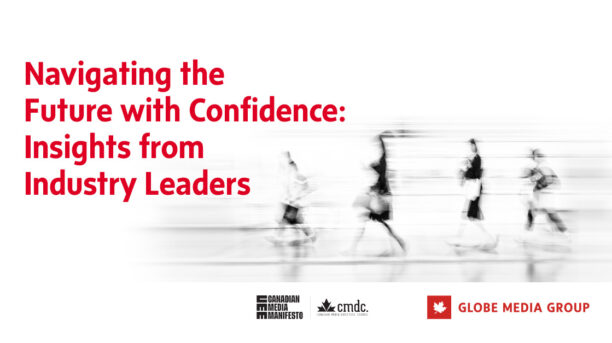
The majority of Canadians don’t like advertising very much. And each year it’s getting worse.
Can you honestly blame them? It seems they are interrupted with sales messages whenever they’re choosing to do something that they enjoy, like watching the World Cup on TV, looking for a hotel to escape to for the weekend, or watching a video with their favourite artist performing on YouTube.
Advertising in 2018 is the equivalent of an uninvited gate crasher at a party you are throwing. Neither are very popular.
In fact, Kantar Millward Brown (KMB) has quantified the popularity in a recent Canada wide study. The survey shows that 61 per cent of Canadians skip ads whenever they can, close to 50 per cent have installed ad blockers or changed their settings, 45 per cent mute their device or deliberately look away from it, and only 20 per cent of Canadians don’t mind the ads.
Because of this distaste for advertising, very little of the $8 billion spent last year is actually being noticed or processed by the brain. KMB estimates that in most categories only 20 per cent of advertising messages are correctly attributed to the brand paying for the message. That’s 80 per cent wastage – a much more serious number than the figure identified by US mogul John Wanamaker, “Half the money I spend on advertising is wasted, the trouble is I don’t know which half.”
All of this is happening at a time in 2018 where getting consumer attention is tougher. So, what can the Canadian Marketing and Communication industry do about this situation?
The data from KMB strongly suggests that advertising is disliked and dismissed because it is too explicit – in this situation explicit means ‘hard sell’. Trying too hard to sell people things that they’re not very interested in, and at times when their minds are on something far more interesting.
This explicit approach is designed to get people to believe that ‘brand x’ is better than ‘brand y’ because due a specific product or service feature. Marketers have been brought up to believe that telling people that their offering is different and better than a competitor’s will persuade people to buy.
However, what the industry fails to take into account is that neuroscientists and behavioural economists have robust data from the last few years that clearly demonstrates that getting people to feel something positive about your brand is far more valuable than getting them to think it. Valuable in the short-term, and particularly in the long-term.
Facts tell but feelings sell. To move people into action you need to move them emotionally.
While Canadians might not like advertising very much, they do love a good story. Their brains enjoy being stimulated with storytelling that is fresh, interesting, surprising, exciting, uplifting and even shocking.
Stirring people’s emotions with an entertaining and intriguing story is much more effective at driving sales. Yet, according to KMB, only 15 per cent of Canadian communication follows this format (implicit messaging rather than explicit).
Using the earlier analogy, if you gatecrash my party you had better be very interesting or very funny.
Giving people advertising that they will willingly spend time with, and that rewards them for this time, is a much more effective strategy to deploy than the hard sell using explicit product facts.
Psychologists have also proven that ‘priming’ the consumer with emotionally rewarding experiences and content triggers positive memories and feelings that are held in the brains limbic system, and have long- term effects that are activated when people are in purchasing mode.
Does this mean there is no place for communication that delivers facts? Not at all. Once primed, behavioral activation techniques (many of which should focus on product features) can be introduced to nudge consideration into purchase and the digital eco system is great for this. But it needs to be introduced later in the buying cycle rather than upfront.
Imagine how much more compelling SEO, retargeting, and even the much-maligned banner ad could be if the key visual componentry from the emotional piece of the campaign was used to trigger the thoughts, feelings and associations that the emotional approach has embedded in the brain, while backing up the story with the facts.
The latest data from the IPA in the UK, based on analysis of 30 years of campaigns, clearly shows that emotionally dominant implicit communication campaigns are far more effective than rationally focused explicit campaigns. The Cannes Effectiveness awards in 2017 demonstrated the same thing.
So, let’s hold hands Canadian marketers and communication agencies and ditch this preoccupation with explicit selling that dominates our advertising landscape. Facts tell but feelings sell.
The Institute of Communication Agencies’ Report on Marketing is where leading Canadian agencies showcase their insights, cutting-edge research and client successes. The Report on Marketing provides a valuable source of thought leadership for Canadian marketers to draw inspiration from. Find more articles like this at the Report on Marketing.




